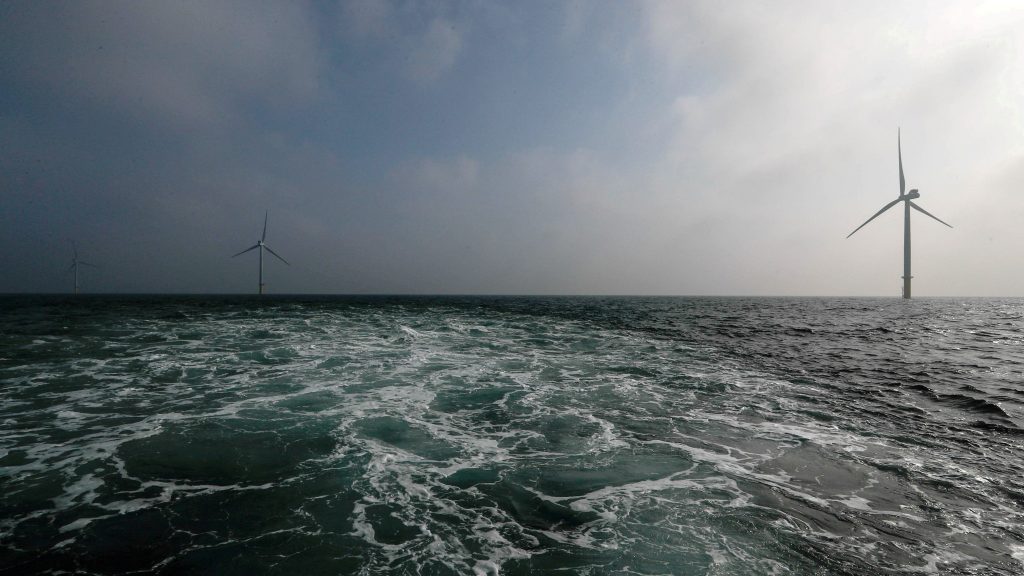
The evolution of the types of shipping jobs has often been reactive to the demands placed on the sector by developing economies. Often these policies have been put in place by governments and regulations agreed by the sector, to make for a ‘greener’ industry.
Innovations such as new vessel design, up to the minute propulsion systems, autonomous navigation, contemporary cargo management structuring and environmental considerations are all paving the way for shipping jobs, both aboard the ships and within ports themselves, to evolve to meet the demands of the marketplace. The design and testing stages of the various elements involved in shipping project management cannot be underestimated.
Today’s seaborne transport accounts for over 80% of the world’s global trade. It is expected to grow by 39% up until 2050. Tankers and bulk carriers are the largest element, but container vessels are playing an important role in bringing goods to more affluent societies around the globe. A more climate-conscious consumer also wants a more circular economy to involve cleaner conveyance from port to port. Container vessels and gas carriers are predicted to be the major players in the future of sea trade. Necessary shipping jobs are to be found in these areas but also specialized cargo vessels, servicing the offshore wind industry are deemed to be a growth area.
Digitalization in Maritime
Digitalization and sustainability, being imperative to the future of shipping, mean that the industry is being transformed in the way it contends with these two factors. To achieve the goal of sustainability the International Maritime Organisation has revised its emissions target so that shipping will be net zero by 2050.
Harnessing the power of digital technologies, ship movements can be streamlined, and fuel efficiency can be more easily achieved. Not to be overlooked is the part these technologies play in connecting land-based and maritime logistic networks, hopefully reducing the environmental footprint.
To achieve the targets set by the governing bodies of the industry, the maritime sector must address propulsion and design issues. More sustainable carbon-based fuels are crucial to meeting emissions demands. Liquified natural gas (LNG) is the most important development in alternative fuel. It reduces emissions and permits high energy density, enabling ships to travel longer distances. LNG still emits greenhouse gases and worries about the production of methane in process is still disconcerting while greener solutions such as biofuels and biogas are pricy, and their availability would need to increase to profit the industry.
Another option is hydrogen which is difficult to store and energy intensive to produce. Methanol could help as it is liquid at room temperature, so it can be moved and stored in a similar fashion to diesel. A.P. Moller-Maersk announced 19 methanol dual-fuel containerships to be in circulation for between 2023 and 2025. The issue is the cost of methanol, which is considerable within modern means. Ammonia is expected to become a key fuel in the future accounting for 45% of marine fuel demand by 2050. This is still in its infancy and only available on demonstration so far.
Electricity is expected to play a large part in propulsion but mainly for short range journeys. It benefits from lower operating costs and are cheaper to maintain and can be more reliable. The number of batteries required to be on board is a drawback and could benefit from increased battery efficiency if and when that becomes available. Many theorists believe that the future of the shipping industry will be based on electrical means, we will wait and see!